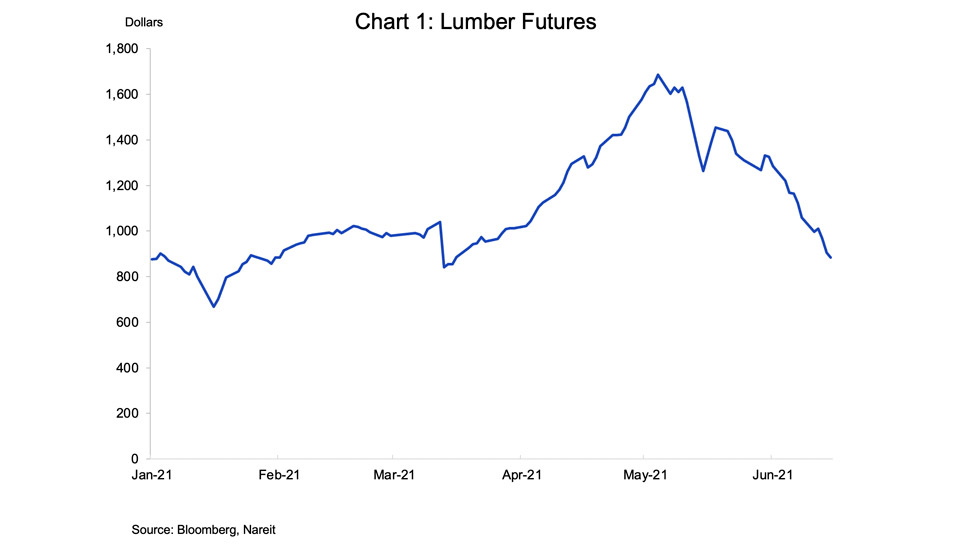Prices of many goods and services rose rapidly in recent months, sparking fears of higher levels of inflation that could prompt the Federal Reserve to raise interest rates sooner and higher than previously anticipated. These concerns have been a major factor in stock market volatility in recent weeks.
Much of the overall increase in consumer prices, however, has come from just a few items, including used cars and trucks, airfares, and furniture prices. It is difficult to determine whether these large but relatively isolated price increases are a harbinger of a rise in prices that is more broadly spread across a larger part of the economy, or whether they are due to shorter-term supply disruptions that will fade as the economy reopens more completely in the months ahead.
Prices on commodity futures contracts can provide an early warning of inflation trends. Futures prices are not a perfect signal, as materials costs are only one component of final prices, but they have the advantage of being reported in real time as markets react to shifts in supply and demand.
Rising lumber prices can add to the costs of construction of new homes. Futures prices of boardwood lumber nearly doubled in the first five months of this year, rising 93% from the end of 2020 to reach a peak in May. Since then, however, prices have entirely reversed this steep runup, and currently have moved back to match levels at the start of the year. As more lumber mills are able to resume production and short-term bottlenecks have cleared, the price pressures in the lumber market are proving to have been transitory.
Prices of steel rebar, also used in construction, show a similar albeit less dramatic swing. Prices rose 45% to peak on May 12 (five days after the peak in lumber prices). Prices fell quickly over the next few weeks, and recently have been trading slightly above the levels at the beginning of the year.
Future trends in inflation are important for the overall economy and also for interest rates. It is too soon to dismiss the inflation scenario, as other prices are still elevated or are even rising further. Price trends in futures contracts for lumber and steel rebar suggest that these bottleneck pressures may indeed fade as the economic opening proceeds. This reinforces the outlook for moderate increases in interest rates in the months and years ahead, continuing the financial conditions in which REITs and commercial real estate can thrive.
